If you work with dry-mix mortars, tile adhesives, or gypsum plasters, you’ve probably heard the buzz around Factory Supply Hydroxypropyl Methylcellulose/HPMC CAS 9004-65-3 For Building Chemicals. To be honest, the uptick in demand isn’t hype—it’s tied to tighter jobsite schedules and the need for predictable water retention, open time, and workability. I’ve seen specifiers quietly swap brands just to gain a few extra minutes of open time on a hot day.
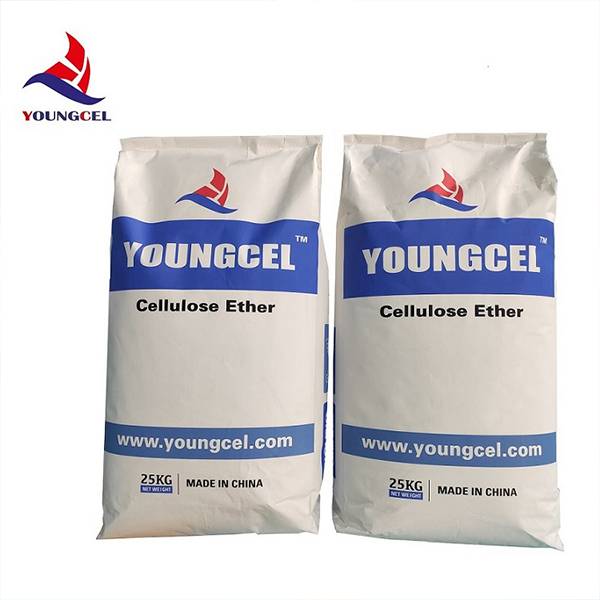
From Hebei, China (No.1 Shifu East Road, Gaocheng District, Shijiazhuang), Youngcel’s YFC-200 grade is a construction-focused HPMC (Purity ≈99%min) used as a coating auxiliary, surfactant, and in water-treatment formulations. Many customers say it feels “forgiving” in real-world mixing—flowy but not soupy. Below are the specs builders actually ask me for.
Key Specifications (YFC-200)
| Appearance | White to off‑white powder |
| Purity | ≥99% (real-world use may vary with batch moisture) |
| Viscosity (2% sol., Brookfield, 20°C) | ≈200,000 mPa·s (YFC‑200) |
| Moisture | ≤5.0% |
| Ash | ≤1.5% |
| pH (1% sol.) | 5.0–8.0 |
| Substitution | Methoxy + hydroxypropyl typical of construction grade |
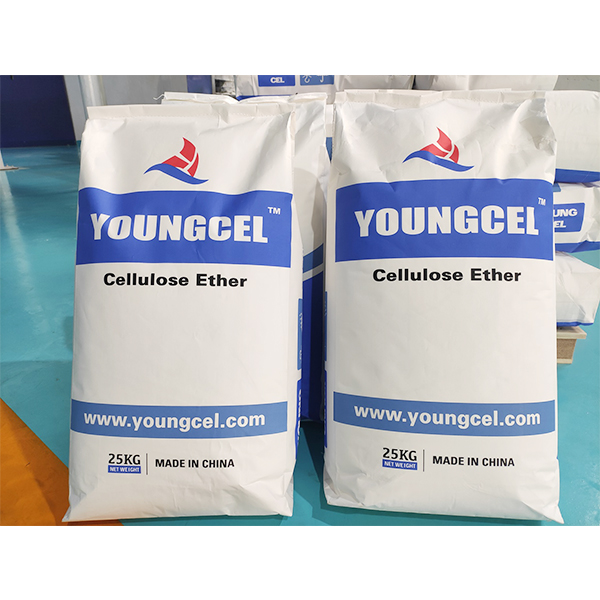
Where it shines
- Tile adhesives and grouts (EN 12004 classes C1/C2 targets)
- Cement/gypsum renders and skim coats (EN 998‑1)
- Self-leveling underlayments (flow retention, anti‑segregation)
- EIFS/ETICS basecoats, crack‑resistant mortars
- Coatings and admixture concentrates; some water‑treatment formulations
Process flow, briefly: dry-blend cement/gypsum, fillers, polymer powders; add Factory Supply Hydroxypropyl Methylcellulose/HPMC CAS 9004-65-3 For Building Chemicals at 0.15–0.6% (typical), mix to uniformity, bag. On site, water is added; HPMC hydrates, boosting water retention and open time. Testing usually references ASTM D2196 (viscosity), EN 1015‑18 (adhesion after dry/wet cycles), EN 1015‑11 (flexural/compressive), and ASTM C1437 (flow). Service life in sealed bags: up to 24 months cool/dry; in-service durability improvements show up as better crack resistance and bond retention over years—hard to quantify, but you feel it.
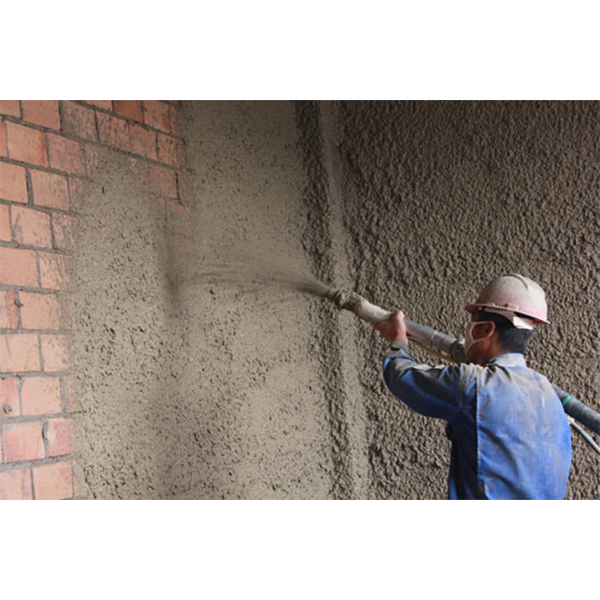
Why mixers pick it
- Consistent open time and sag resistance; installers notice fewer callbacks.
- Smoother trowelability—less drag, better edge hold.
- Stable viscosity across seasons; surprisingly tolerant to water variability.
- Low ash helps compatibility with redispersible polymer powders.
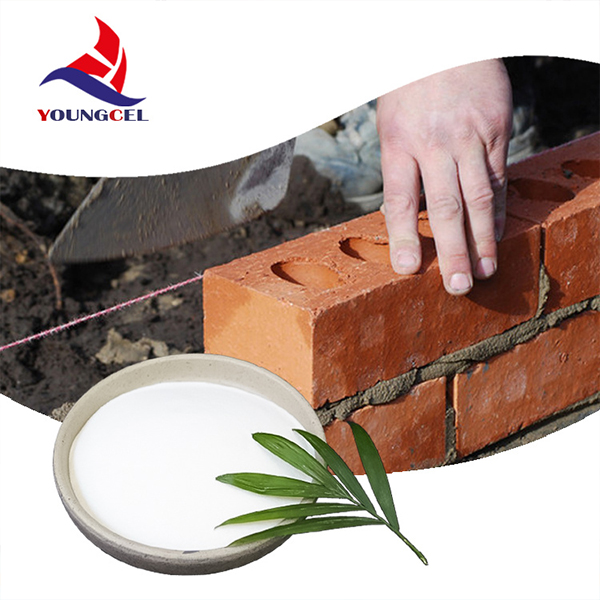
Vendor snapshot (quick comparison)
| Vendor | Viscosity Range | Ash | Certs | Lead Time | Notes |
| Youngcel YFC‑200 | ≈200k mPa·s | ≤1.5% | ISO 9001, REACH-ready | ≈2–4 weeks | Strong construction focus |
| Brand B (CN) | 75k–150k | ≤3% | ISO 9001 | 3–5 weeks | Economy SKU |
| Brand C (EU) | 150k–400k | ≤1.0% | ISO 9001/14001 | Stock‑dependent | Premium pricing |
Customization: particle size (fast/slow dissolution), surface treatment (delayed solubility), and targeted viscosity windows for hot climates. For big runs, private labeling and bagging are available. Origin: Shijiazhuang, Hebei—solid logistics hub for bulk export.

Field data and feedback
Lab snapshots on a C1 tile adhesive base: water retention ≥95% (EN 1015‑8), open time ≥30 min (EN 1346), slip ≤0.5 mm (EN 1308), flow per ASTM C1437 held within 100–115% with minor water tweaks. Contractors told me the paste “stays creamy” even after remix. Actually, that’s what you want on a warm facade at 2 p.m.
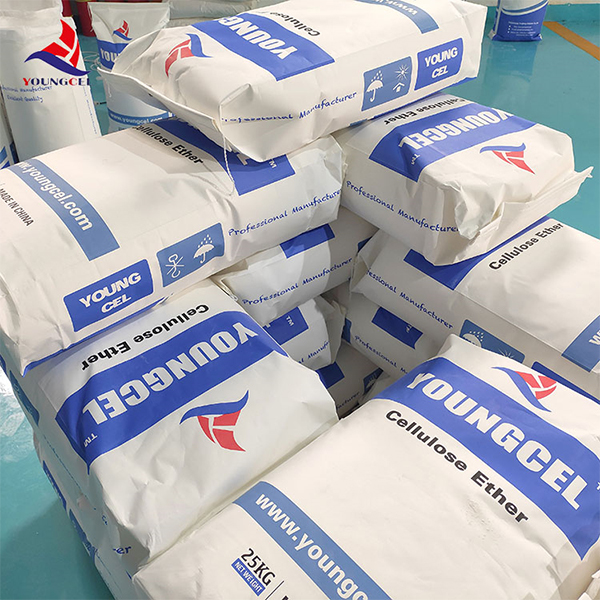
If you’re formulating, start with 0.3% of Factory Supply Hydroxypropyl Methylcellulose/HPMC CAS 9004-65-3 For Building Chemicals in cement tile adhesive, 0.2% in gypsum skim, and dial from there. Final advice: verify viscosity with ASTM D2196, run adhesion by EN 1015‑12/18, and always check open time against EN 1346. It seems basic, but those three tests predict jobsite happiness.
References:
- ASTM D2196 – Standard Test Method for Rheological Properties of Non‑Newtonian Materials.
- EN 12004 – Adhesives for tiles; requirements, evaluation of conformity.
- EN 1015‑8/11/18 – Methods of test for mortar for masonry (fresh and hardened properties).
- ASTM C1437 – Standard Test Method for Flow of Hydraulic Cement Mortar.
-
Hydroxyethyl Methyl Cellulose HEMC: Industrial Uses, Benefits & Future TrendsNewsNov.23,2025
-
HEMC Cellulose: Versatile & Sustainable Industrial Polymer | YoungcelNewsNov.23,2025
-
Methyl Hydroxyethyl Cellulose: Versatile Building Block for Industry & SustainabilityNewsNov.23,2025
-
CAS 9032 42 2: Understanding Polyvinyl Alcohol's Impact on Industry & SustainabilityNewsNov.22,2025
-
Hydroxyethyl Methyl Cellulose: Versatile Solutions for Modern Industry and SustainabilityNewsNov.22,2025
-
Your Guide to PVA Manufacturer: Quality, Applications & Future TrendsNewsNov.21,2025




